So, why do i rock back and forth? Health, wealth, and happiness are all we seek. However, a disorder takes it all away. Whether psychological or physiological, a disorder causes distress.
A physiological disorder results from malfunctioning the body’s organs and shows several symptoms by which one can identify them. Psychological disorders are patterns of psychological or behavioral symptoms that affect multiple areas of functioning. The Diagnostic and Statistical Manual Of Mental Disorders (DSM 5) mentions several psychological disorders and their etiologies.
Just like physiological disorders, psychologists and psychiatrists identify psychological disorders through symptoms and body language.
One sign of body language that might account for several critical mental illnesses is body rocking. But there is not much mention of this symptom. However, you have nothing to worry about because this article will provide you with every detail you need to know about this symptom related to several mental illnesses.
What Do You Mean By Mental Illness?
Mental illness, also known as Mental health disorder, refers to a health condition involving changes in behavior, thinking, or emotion affecting an individual’s day-to-day functioning. According to reports, one out of 24 individuals suffers from a mental health disorder in the United States.
What Are the Symptoms Of Mental Illness?
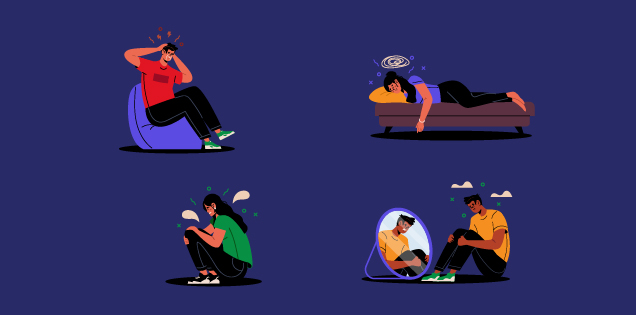
The symptoms of mental illness or mental health disorders are of three types: positive, negative, and disorganized.
Positive symptoms refer to behaviors that a so-called ‘normal’ individual will never exhibit. Negative symptoms, on the other hand, refer to a lack of behaviors in a so-called ‘normal’ individual. Finally, disorganized symptoms are symptoms that exert an influence on the individual’s thought process.
Other symptoms of mental illness include:
- Sudden mood changes
- Sign of withdrawal
- Lack of sleep
- Lack of concentration
- Lack of energy
- Suicidal thoughts
- Hallucinations
- Delusion
- Problems in managing daily tasks
- Extreme violence
- Head banging
- Body rocking
What Do You Mean By Body Rocking?
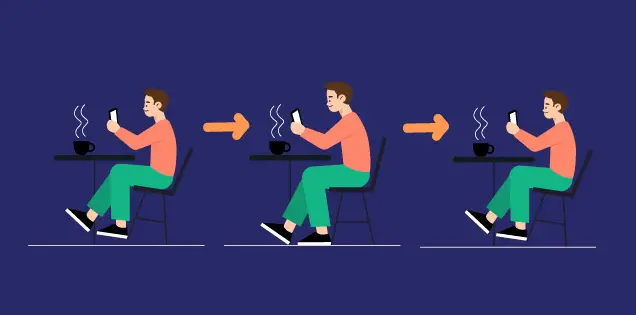
Due to various underlying conditions, body rocking refers to swaying back and forth or side to side, whether sitting or standing.
Why Do I Rock Back And Forth While Sitting?
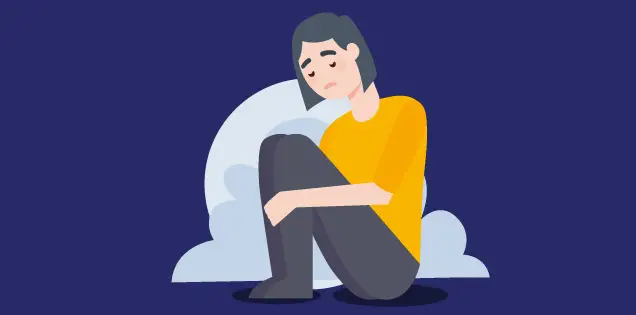
Rocking back and forth while sitting can be a coping mechanism or a reaction against feelings of restlessness, anxiety, agitation, and insomnia. However, constantly rocking back and forth can be a symptom of a critical mental illness.
There are no concrete answers describing the cause of rocking back and forth. However, experts associate the cause with changes in the neurotransmitter dopamine. Dopamine, the “feel-good” hormone or the “feel-good” chemical, plays a role in sleep, motivation, mood, and pleasure. The amount of stimulation we get from the environment helps to determine the amount of dopamine the brain will release. If the brain releases excessive amounts of dopamine, it will make the individual feel extremely good and excited. However, if someone is not ready to get carried away by this excessive amount of emotion, they might rock back and forth to release energy. On the contrary, comparatively low amounts of dopamine in the body will make an individual feel agitated and depressed. It often occurs due to excessive terror or receiving bad news, and individuals might rock back and forth to cope with the feelings of agitation and depression.
In addition, conditions such as Parkinson’s disease, frontal lobe lesions, Tourette’s syndrome, and addiction can cause body rocking in children and adults.
Also, the behavior of rocking back and forth extends beyond the domain of mental illness. For example, the slow rocking of a cradle soothes infants, a rocking chair can relieve joint pain in older people, and some animals also sway their bodies to relieve stress and alleviate pain.
Other causes of rocking back and forth might include environmental factors or other anomalies, such as:
- Vision or hearing problems
- Brain disease or brain infection
- Sexual abuse or physical abuse
- Chronic pain or trauma
What Is Body Rocking Symptom Of?
Body rocking is not the symptom of only one mental health disorder but many. The top three mental health disorders where body rocking is a common symptom are:
Schizophrenia
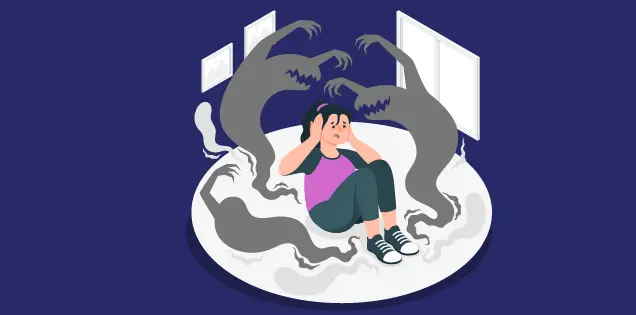
It is a chronic and severe mental disorder where individuals bizarrely interpret reality. There are five of its types, including catatonic schizophrenia, paranoid schizophrenia, disorganized schizophrenia, residual schizophrenia, and undifferentiated schizophrenia.
Due to the presence of many of its types, it has a wide range of symptoms. However, one of the most common symptoms of schizophrenia is body rocking. In addition, individuals with schizophrenia often experience hallucinations and delusions, which can be seriously stressful at times, so to stabilize themselves, the patients tend to move back and forth.
Autism Spectrum Disorder
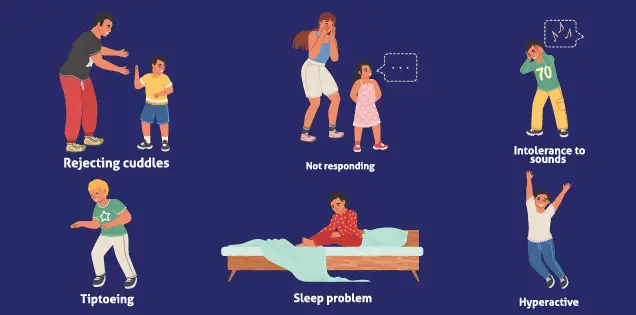
People with autism spectrum disorder face problems communicating with others and are not socially interactive. It is a brain-related condition that begins in childhood. But it is not limited to children; adults with several developmental disabilities might also develop autism spectrum disorder.
Rocking back and forth is a common symptom in patients suffering from this disorder. Three reasons can explain the cause of rocking back and forth in people with an autism spectrum disorder.
Hypersensitivity
To gain comfort from overstimulation, individuals rock back and forth.
Hyposensitivity
Individuals rock back and forth or side to side to activate a relief stimulus underneath the nervous system.
Endorphins
To reduce stress and ease tension, a person rocks habitually.
Stimming, which refers to self-stimulating behavior involving repetitive movements, is a diagnostic criteria for autism spectrum disorder.
Stereotypic Movement Disorder
Stereotypic movement disorder results in uniform and repetitive body movements called stereotypies. For instance, rocking back and forth, hair plucking, and clapping hands. Stereotypic movement disorder can also take the form of self-harm. It develops as a reaction to drastic experiences and gets triggered by painful physical illness in people.
Apart from these three disorders, body rocking can also be a symptom of:
Bipolar Disorder
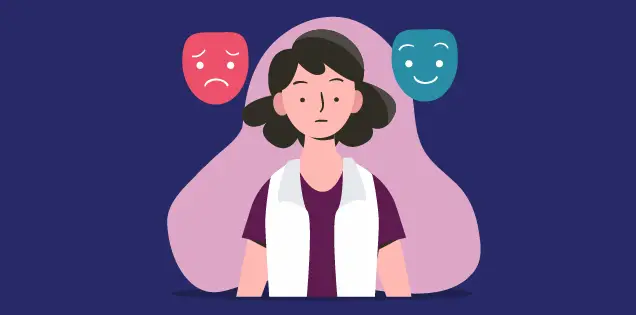
People with bipolar disorder experience periods of extreme happiness followed by extreme sadness or depression. This sudden change makes people restless and agitated; thus, they rock back and forth to cope with the situation.
Obsessive Compulsive Disorder
People with this disorder have recurring thoughts and carry out repetitive behaviors. While having obsessive thoughts, people with obsessive-compulsive disorder tends to rock back and forth.
Post-Traumatic Stress Disorder (PTSD)
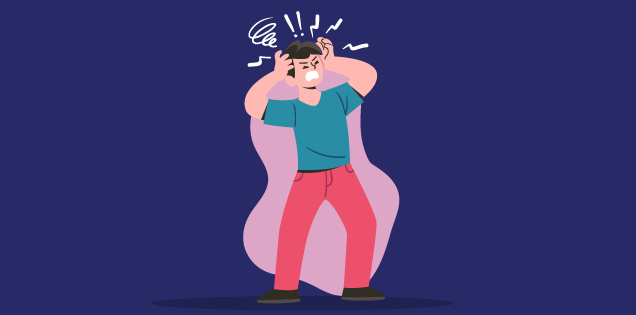
Individuals who face traumatic events of abuse, war, and natural calamities develop Post-traumatic stress disorder. They often suffer from nightmares and flashbacks of the traumatic event; thus, they sway back and forth to get rid of these thoughts.
Thus, body rocking might be a symptom of any of these disorders. To know precisely which disorder the individual is suffering from, one must check the other symptoms of the disorder and then consult a psychiatrist or psychologist.
Why Do I Rock Side To Side?
Side-to-side body rocking is typical in adults and children with an autism spectrum disorder. The reason for swaying side to side is hyposensitivity. People rock side to side to stimulate an underactive nervous system.
Why Do Children Rock Back And Forth?
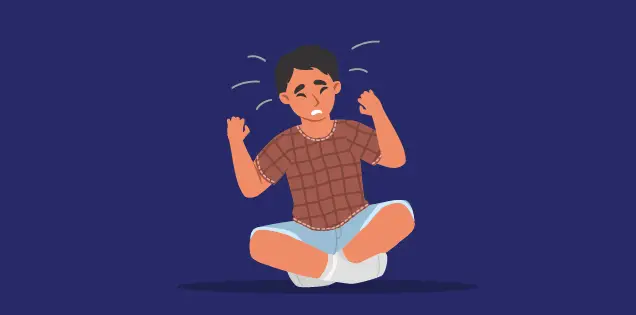
Body rocking is typical in children less than one year of age. It usually starts from six months of age and can occur in both sitting and quadruped positions. However, the peak prevalence occurs between 6 to 18 months of age. And according to Sallustro and Atwell, episodes of rocking last from 15 to 30 minutes.
Several causes can account for an infant or child’s body rocking movements:
Children might show rocking behavior for causes such as tension reduction and self-stimulation.
Children might as well do it to grab attention.
Children are often caught head banging, head rolling, or body rocking during bedtime because they find it comfortable, rhythmic, and soothing.
Also, body rocking in children might be due to underlying mental health conditions such as autism spectrum disorder or stereotypic movement disorder.
However, body rocking in children, if not due to any disorder, seems to end by the age of 4 years. According to Dr. Leonard B. Pollack, it ends because children find new ways of reacting and keeping themselves engaged.
Some Benefits Of Body Rocking

Reduces Stress And Anxiety
Body rocking releases endorphins, which help to improve mood and reduce stress and anxiety. Behaviors such as foot bouncing, finger strumming, or twirling strands of hair also help us to deal with momentary stress or anxiety.
Improves Blood Circulation
Rocking improves blood circulation in the body and maintains muscle tone.
Facilitate Digestion
Rocking back and forth on a rocking chair can stimulate digestion and facilitate lymphatic drainage, besides calming the nervous system.
Improves Balance
According to a study, frequent rocking in a rocking chair improves balance in the individual.
Tips to Minimize Body Rocking At Bedtime

Here are a few simple tips to minimize body rocking, head banging, or head rolling at bedtime:
Notice the amount of time your child spends in bed before falling asleep. Excess amounts of time before sleeping might lead to body rocking and other anomalies.
Do not provide attention to the rocking behavior of your child. Children often exhibit such behaviors to grab their parent’s attention or make them come to the bedroom.
Remove all the hard surfaces near the child’s bed and keep the bed away from the walls.
Treatment For Body Rocking

Several causes are owing to body rocking behavior in children and adults. Thus, to find the appropriate treatment option, the first step is to identify the cause. However, if the rocking behavior results from an underlying mental health condition, one must consult a psychologist or psychiatrist as soon as possible. Also, there are several treatment options for mental health disorders, such as medication, therapy, counseling, and rehabilitation.
Final Words
Body rocking might be a rare symptom of a mental illness, but that does not mean one can take it lightly. On the contrary, there might be a severe cause behind such behavior. Thus, you need to identify why a child or an adult is rocking back and forth or side to side. Once you recognize the cause, you can choose the appropriate treatment option. Thus, getting proper treatment will minimize or diminish the symptom of body rocking besides taking care of your health.
